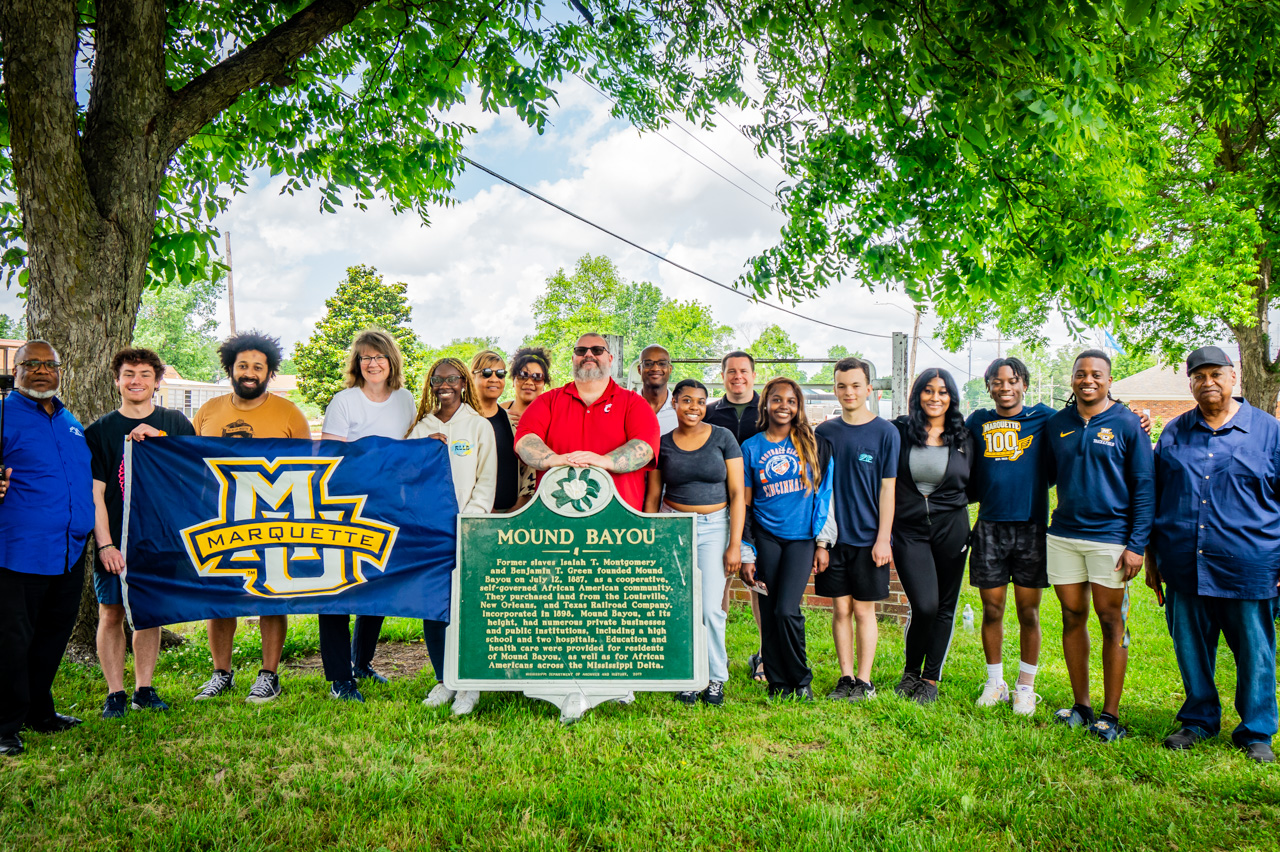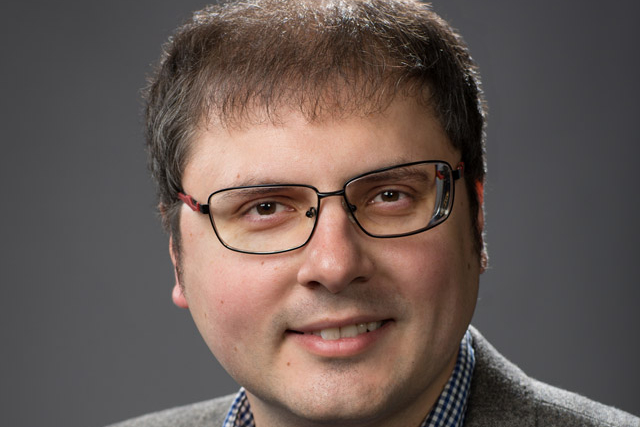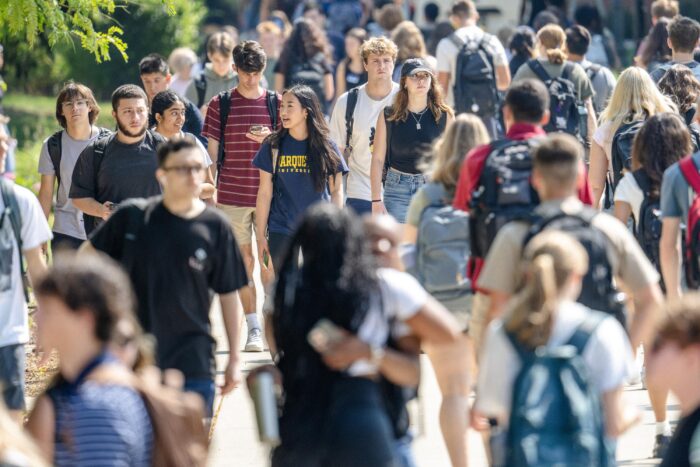Every year, the Center for Peacemaking conducts a Civil Rights Pilgrimage to several Southern states, giving students the opportunity to learn about the people and places at the forefront of the U.S. Civil Rights Movement. In May, rising third year law student Ishmael Kazah took time to embark on this experience.
With 16 students and staff, he traveled by bus through Mississippi, Alabama, Kentucky, Missouri and Tennessee to visit museums, churches and memorials, hoping to learn more about the history and figures of the movement.
As we approach the Juneteenth federal holiday commemorating the emancipation of enslaved African Americans, Kazah reflects on Freedom Day, what it means to him and his expedition.
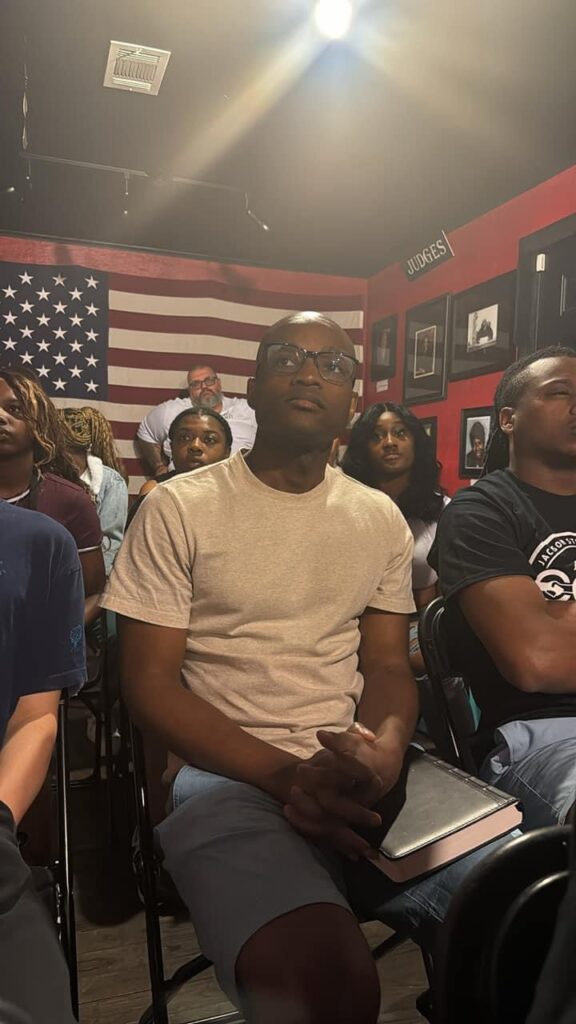
When you reflect on the Juneteenth holiday, what thoughts and feelings emerge and what does it mean to you?
To me, Juneteenth celebrates the strength and achievements of the Black community. It’s a time to reflect, acknowledge our progress and honor the sacrifices of our ancestors. I see this holiday as a chance to bring people together, educate others and support anti-racist efforts.
Did your recent civil rights pilgrimage in the South change the way you see the holiday or the way you celebrate it?
Speaking to locals and hearing their firsthand accounts of fighting for freedom enhanced my appreciation of the holiday and its significance. Visiting places like Ferguson, Missouri; Selma, Alabama; and Meridian, Mississippi, gave me a deeper understanding of what freedom truly means.
Do you remember celebrating the holiday as a child? What was that like?
As a child, sharing a meal on Juneteenth with my family and reflecting on African American history shaped my perspective. These cherished moments helped me understand the significance of our history and traditions.
Do you have a special way that you and your family celebrate Freedom Day today?
Today I celebrate Juneteenth by going with family to the parade and by participating in the festivities.
What would you like others to know about this special day?
Juneteenth reminds us of the global fight for equality and the importance of reflecting on our shared history. It’s a time for community, education and celebration.
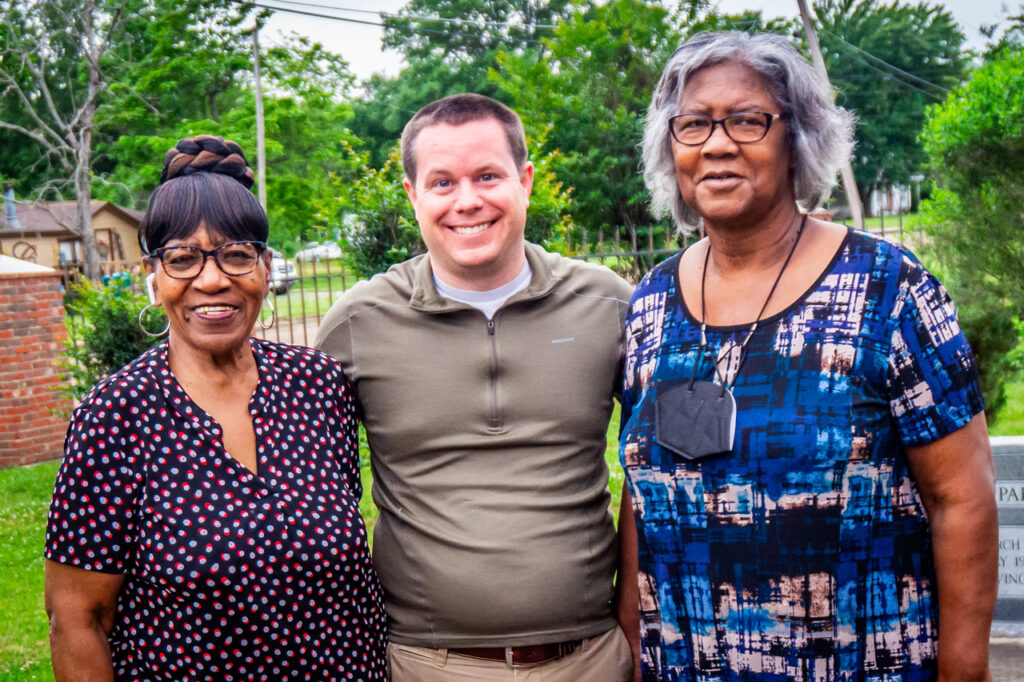
For the past three years, Chris Jeske, associate director of the Center for Peacemaking, has led the Civil Rights Pilgrimage — a collaborative effort among the Center for Peacemaking, CURTO, Marquette Athletics and the Office of Institutional Diversity and Inclusion. He recently took a moment to reflect on Juneteenth, as well as his time leading the pilgrimage.
I think I was around six or seven years old when I learned about Abraham Lincoln (and presumably about the Emancipation Proclamation) for the first time. It wasn’t until after I turned 30 that I learned the significance of Juneteenth — that it wasn’t until June 19, 1865, two years after the Emancipation Proclamation, that the last enslaved people in Galveston Bay, Texas, were freed.
I was taught that the Emancipation Proclamation ended slavery. And I still believe that is true, but now I understand there is a parallel truth: chattel slavery ended when enslaved people enacted their own freedom by leaving the plantations, by ignoring the commands of their former masters and by asserting their autonomy. Chattel slavery didn’t end until everyone was freed. It’s only when both of these truths are considered together that it’s possible to see the gap that too often exists between proclamation and implementation.
Another example of this, one we discussed on the university’s recent Civil Rights Pilgrimage, is the Brown v. Board of Education ruling. I was taught that Brown ended segregation in public schools, which is true, but again there are parallel truths. It wasn’t until three years after Brown that the Little Rock Nine integrated into Central High School. It wasn’t until eight years after Brown that James Meredith integrated the University of Mississippi. It wasn’t until some 20 years after Brown, in the early ’70s, that Black youth had finally integrated most of Mississippi’s all white schools.
The layering of multiple truths reveals a staggering gap between proclamation and implementation, between ideal and reality.
At times I feel the weight of this gap internally. I’ve felt angry at not having been taught something. I’ve felt embarrassed for not having known something. I’ve felt self-conscious when it seems like everyone knew something but me. I’ve felt ashamed when I don’t seem to have the knowledge that I need when I need it. I’ve been scared when something I’ve believed to be true came into question. I’ve been fascinated to learn more about something new. I’ve been curious about how I might have acted differently if I knew differently sooner. I’ve wondered why there are so many significant things I’ve had to learn in the most fumbling way possible.
Yet, I’ve also felt pride in now knowing things that I didn’t know before. I know that liberation isn’t just the stroke of a pen, the sound of a gavel, the tally of ballots or a charismatic voice. Liberation — collective liberation — is something that we do together, that we embody through our actions, that we practice with the persistence that it takes to close the gap between proclamation and implementation.
As civil rights leader Fannie Lou Hamer said, “Nobody is free until everybody is free.”
